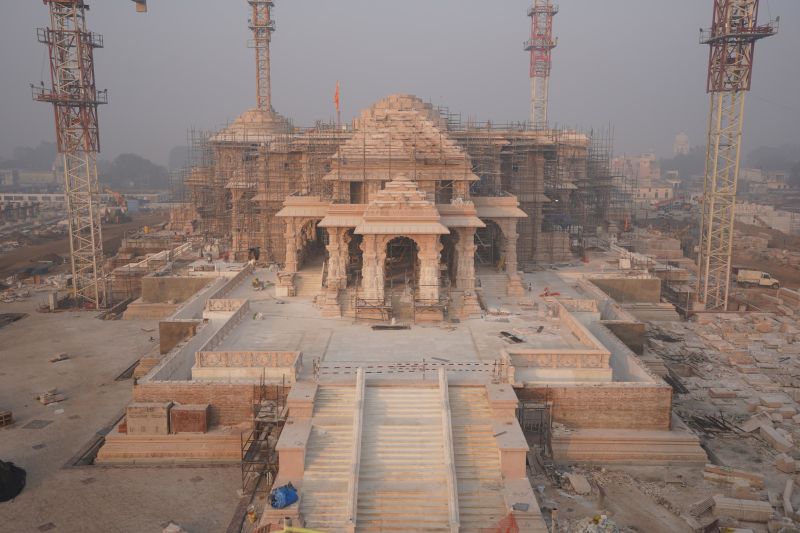For the world’s largest democracy, India, a foundation laid decades ago is about to bear fruit, and the nation stands at the cusp of a historic moment. Hindu nationalism, a movement with roots going back almost a century, is poised to achieve a significant milestone in the nation’s history.
Decades ago, the forefathers of the Rashtriya Swayamsevak Sangh (RSS) and Bharatiya Janata Party (BJP), envisioned a Hindu Rashtra or Hindu nation where the Hindu religious identity would take precedence over any other, compelling the world to stop and pay attention. This has been a cherished dream of stalwarts like Vinayak Damodar Savarkar and Keshav Baliram Hedgewar, who shaped the right-wing ideology of India.
The Hindu nationalism that has been conceived is not just a political ideology but a socio-cultural phenomenon that seeks to protect the interests of Hindus, promoting the idea of cultural homogeneity based on Hindu values. It goes beyond the binary of religion, integrating aspects of culture, tradition, language, regionalism and nationalism into the contours of nation-building.
One of the key reflections of this vision has been the BJP-led Indian government’s decision to implement the CAA (Citizenship Amendment Act), which has opened doors for the persecuted minorities from neighbouring countries like Bangladesh, Pakistan and Afghanistan. It signifies India’s solidarity with those who share the same cultural roots facing religious persecution. However, the law has led to a polarized discussion on whether it undermines the secular credentials of the Indian constitution.
A critical piece of the Hindu nationalist dream comes to the fore in the form of the Ayodhya verdict. The construction of the Ram Mandir was another aspiration of the Hindu nationalist movement, and the verdict by the Supreme Court of India after a longstanding dispute marks a monumental shift in the Indian socio-political landscape. This symbolizes a faith-based alignment and the political ascendance of the Hindu nationalist ideology.
Hindu nationalism’s rise is also marked by a cultural shift and renaissance. Efforts to protect the Indian culture, philosophical systems, and traditional practices highlight the view of Indian culture through the lens of Hindu nationalism. This has been seen in campaigns such as the promotion of the Hindi language, the revival of Sanskrit, the Yoga initiative, protection of cows and efforts to safeguard religious sites.
Yet, this ascendance of Hindu nationalism is also a subject of robust debates and immense criticism. Critics highlight the potential risks of this ideology leading to the marginalization of religious minorities, communalism, and a threat to the diverse, pluralistic fabric of the India.
Economically, Hindu nationalism also heavily leans towards Swadeshi or self-sufficiency. This presents both opportunities and challenges in the New India. On one hand, it nurtures local businesses, make India self-reliant and creates a robust domestic economy. On the other hand, it might trigger trade-based conflicts or deter foreign investments.
The realization of the Hindu nationalist dream can be seen as the beginning of a new era for India, shaped by marked shifts in the country’s socio-cultural, political and economic landscapes. The impact, however, would largely depend on how this transition would allow India to preserve its diverse ethos, its robust democratic culture while aspiring to establish an identity rooted in its ancient civilization.




